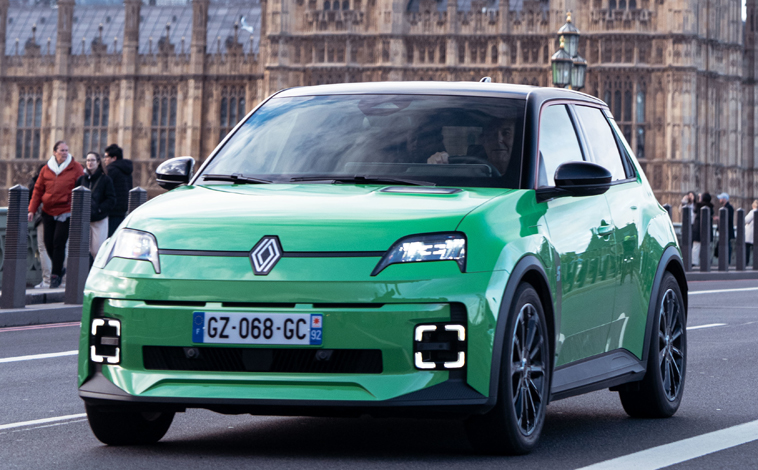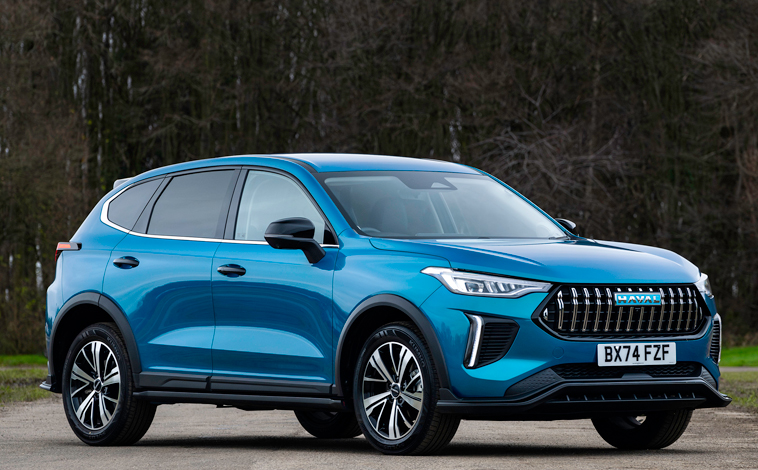Take a break to stay safe on the roads
November 10, 2023
Accidents caused by tired drivers are occurring every day on our roads and motorways, according to road safety and breakdown recovery organisation GEM Motoring Assist. But by good journey planning and taking regular breaks, drivers can minimise the risk of a fatigue-related collision.

GEM is concerned that too many drivers choose to ignore the Highway Code’s advice on taking breaks, with the result that their ability to concentrate and focus is reduced. At this time of year, as many of us adjust to darker afternoons and more night-time road journeys, the risks of a fatigue-related incident are raised. On a motorway this can have catastrophic consequences.
GEM road safety adviser, James Luckhurst, said: “No one falls asleep without any prior warning and dangerous levels of fatigue come only after a series of early warning signs. So we should take action on a journey if we find ourselves yawning a lot, or blinking or experiencing an initial drop in our ability to concentrate.
“Many crashes occur because of the urge to press on, to get home or to reach a destination that might be just a couple of hours away… but if it’s late in the day and we’ve been driving for a long time, then the risk of a collision increases the longer we stay driving.
“Being a safer driver means being physically and mentally prepared to drive. Ensuring you are well-rested helps you remain alert. This maximises your chance of identifying and responding to hazards earlier, allowing you more time to react.
“We urge every driver on a long journey to follow the Highway Code advice and take a proper break of at least 15 minutes after every two hours or 100 miles of driving.”
GEM offers the following advice for avoiding the risks associated with fatigue:
Give yourself the opportunity to get a good night’s sleep – preferably every night and certainly before you need to make a road journey.
Understand that a sleep deficit of just a couple of hours can lead to irritability and can also increase someone’s likelihood to take irrational risks.
For driving, fatigue is a serious risk, so don’t begin a long journey if you’re already tired.
Ensure the cabin environment is pleasant but not too warm. Removing overcoats and other bulky items of clothing is another good way to ensure you stay comfortable.
If you feel sleepy while driving, then stop as soon as it’s safe. Resting and drinking some coffee offers a possible short-term fix.
If you’re stopping for a rest at a motorway service area, make sure you know the maximum permitted length of stay. If you need longer to rest then pay for your parking rather than risk a hefty fine.
If you’re really tired, the only proper cure for sleepiness is a proper sleep.
Latest News

Toyota unveils its new Urban Cruiser
Toyota has officially launched its all-new compact SUV, the Urban Cruiser, at its [...]
Carry on camping with Renault Trafic
The Renault Trafic is proving the perfect model for a brand new, off-grid, [...]
Barcelona players go track racing
Barcelona men’s football team players customised their new CUPRAs, after testing them during [...]
Suzuki Swift to Young Driver’s rescue
Young Driver, the UK’s foremost under-17s driver-training company, has just taken delivery of [...]
New Subaru Forester is right on track
Subaru UK & Ireland has announced the pricing and specifications for the all-new, [...]
Optional upgrades for the MINI family
Following the successful launch of the new MINI family, a range of additions [...]
Save £1,000 when ordering a new VW EV
Anyone ordering a new Volkswagen electric vehicle between now and March 3 this [...]
Get priority access to the new Renault 5
The Renault 5 E-Tech electric is available to order for R-Pass customers, giving [...]
Inster Cross has an adventurous side
Hyundai has announced pricing and specification for the Inster Cross, the all-new EV’s [...]
WWCOTY announces its finalists for 2025
The Women’s Worldwide Car of the Year (WWCOTY) has announced the winners of [...]
Prices announced for VW’s new Tayron
The all-new Volkswagen Tayron goes on sale in the UK on January 9 [...]
Skoda adds Design trim to Kamiq range
Škoda is building on the success of its award-winning Kamiq range by adding [...]
Kia celebrates 10 years of EV success
It’s incredible to think it’s been 10 years since Kia introduced its first [...]
INEOS partners with mountain rescue
INEOS Automotive partnered with Scottish Mountain Rescue (SMR) to help the charity deliver [...]
Prices revealed for BYD SEALION 7 model
BYD has announced the UK pricing for the SEALION 7 which will start [...]

